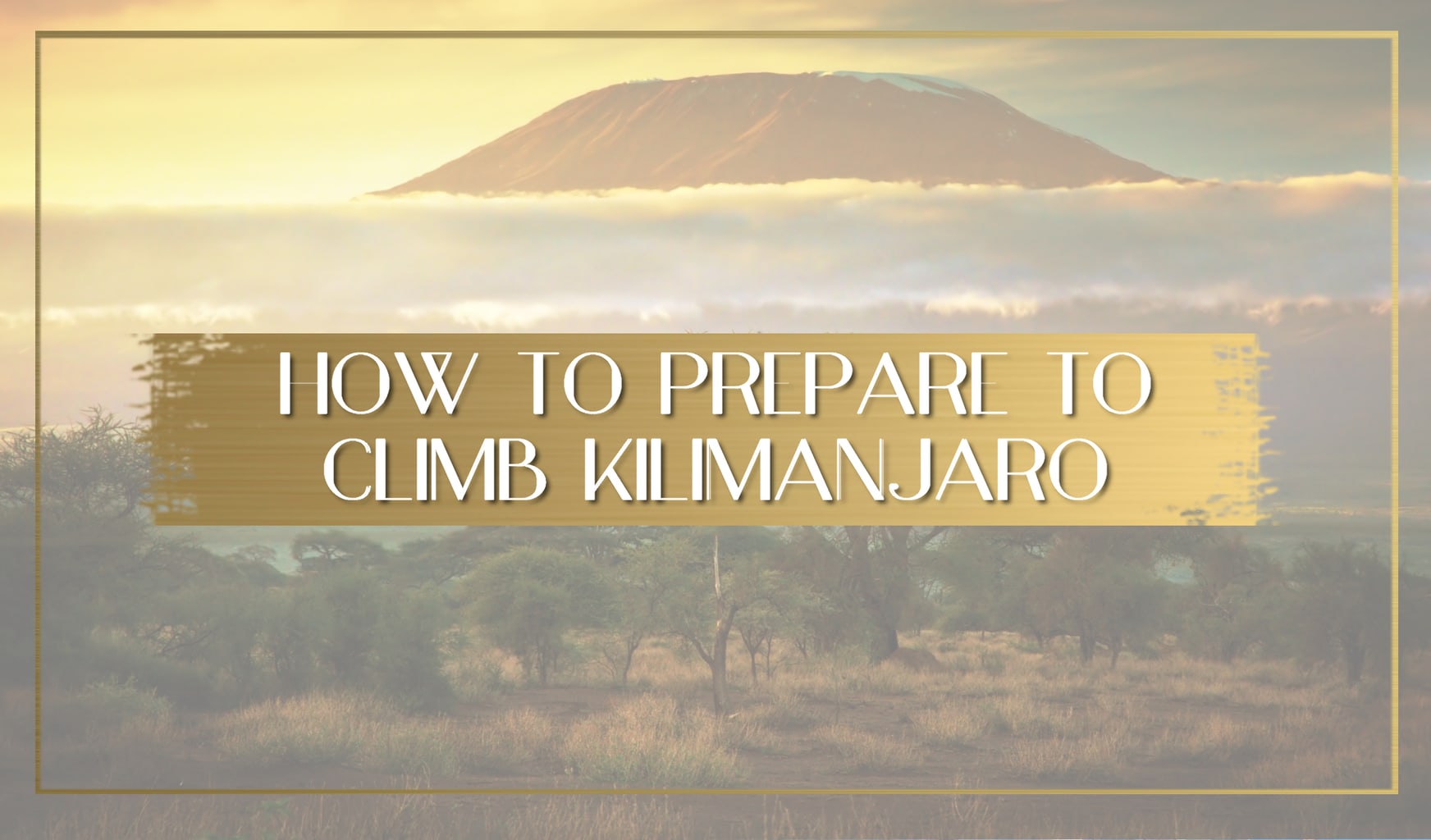
If you plan on taking a trip to Tanzania, a popular local activity other than taking a leisurely safari, is to climb Kilimanjaro. Getting to the top of a mountain is an accomplishment few can boast, and starting with the highest mountain in Africa (and the fourth-highest in the world) is not too shabby.
The act of climbing mountains is usually a metaphor for doing something difficult because it can be physically and mentally demanding. But with the right preparation, anyone can reach the peak. Feel on top of the world with these top tips!
Have a Seven or Eight Day Itinerary
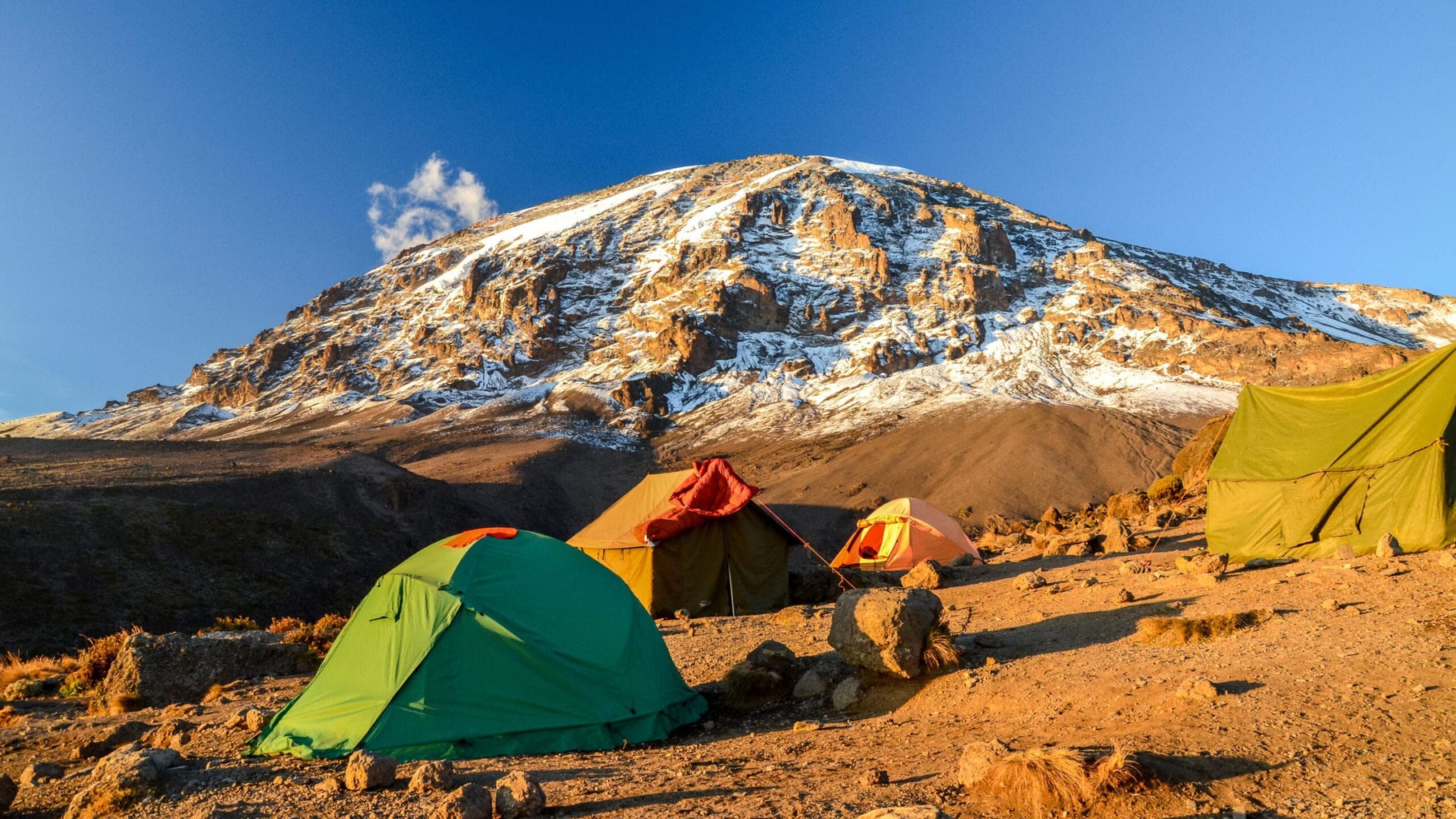
On average, the total time it takes for a safe Kili climb is seven to eight days. Unless they have access to high altitude training systems, it is difficult to predict how the altitude will affect each climber individually. Therefore, the best option is to plan for a longer hike. This may be a little more expensive, but the cost can make all the difference between success and failure.
There have been climbers who were able to get to the summit in five days, but it is a lot riskier due to a higher chance of developing Acute Mountain Sickness. This will drastically decrease your chances of completing your trek to the top. The number one priority for success is getting the right acclimatization before and during the hike.
As the Swahili mantra for conquering Kilimanjaro goes: “pole, pole,” which translates to “slowly, slowly.” Taking a little more time can keep your heart rate at a minimum and allow your body to generate more red blood cells. This will help the climb easier and safer when in low-oxygen environments as your body will be warmer and more efficient in regulating oxygen levels.
Trekking at a steady pace also minimizes the physical stress upon your muscles and gives them more time to recover throughout the journey. There are many routes you can choose to take. Notice the higher the optimal duration, the higher the success rate.
| Routes | Success Rates | Optimal Duration |
|---|---|---|
| Machame Route | 85-70% | 7 days |
| Marangu Route | 50% | 6 days |
| Lemosho Route | 85-65% | 8 days |
| Rongai Route | 80-65% | 7 days |
| Shira Plateau Route | 85-65% | 8 days |
| Umbwe Route | 60-70% | 6 days |
| Northern Circuit Route | 95% | 9 days |
Physical Training
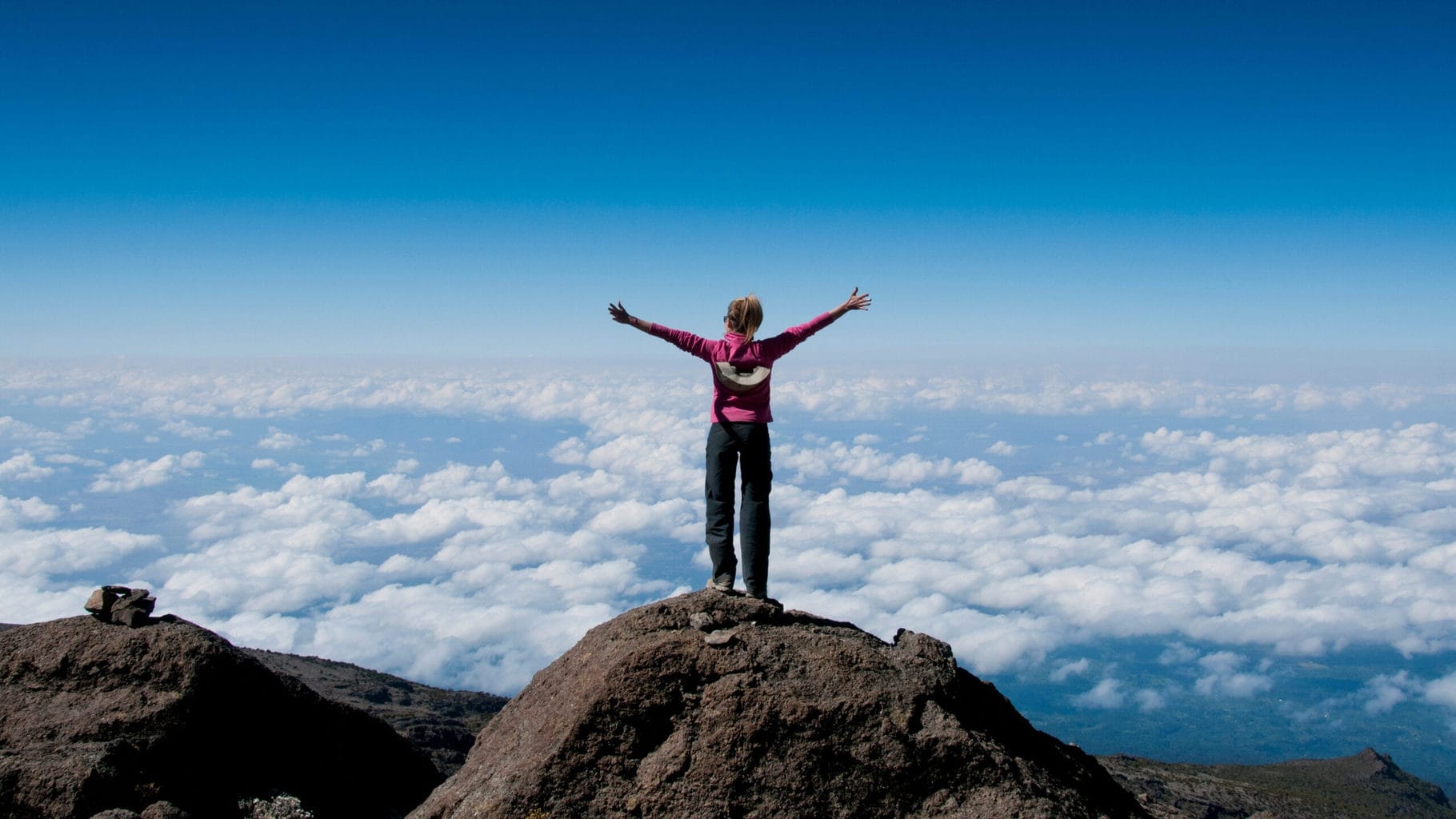
The amount of physical training a climber will need beforehand varies from person to person. The best way to train for a climb is to recreate similar conditions, such as frequently going up and down hills or even large flights of stairs.
But if either of these options is unavailable, the best course of action is to go to the gym. Hit the Stairmaster while carrying a weighty backpack daily to build up strength and endurance. Any type of workout that can strengthen and condition the leg muscles will give a climber an advantage for extensive walks up and down the mountain. You may also benefit from weight training for both upper and lower body strength, yoga for flexibility, and interval training just before the hike.
Cardiovascular training like jogging and biking is also recommended to get those beats per minute optimized and the heart strong and healthy enough to withstand the challenges of the low-oxygen hike. Hire a personal trainer or contact a mountain climbing expert for further advice.
Another top tip is to wear the hiking boots you will be wearing on your mountain trip. This allows you to get used to them on your feet while you physically exert and help break them in to avoid painful blisters. You do not need to wear them every time you train, of course. You can wear them on short walks to the supermarket or even around the house just to let them adjust to the shape of your feet for full comfort.
Mental Preparation
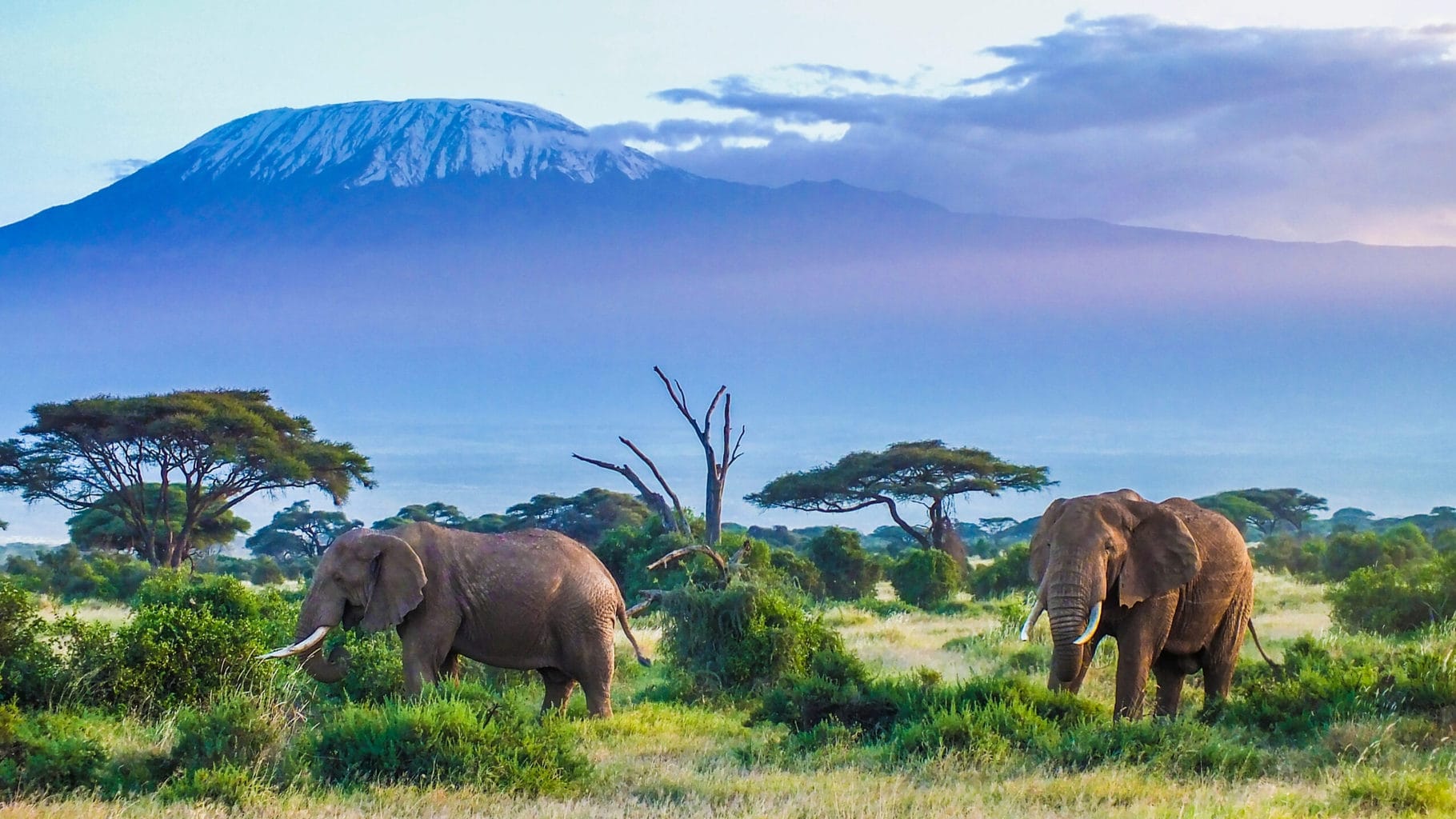
Being prepared physically is only half the battle. Some may argue that mental preparation might be even more important. Having the right positive attitude and mental dexterity can push you further through physical fatigue and self-doubts. This is especially pertinent during the last leg, which is the most difficult part of the climb.
Some may find it helpful to visualize themselves on top of the mountain to spur themselves on when times get tough. This kind of mental exercise can keep climbers focused on the goal and distract from the physically strenuous toll the trek may be taking on them.
Bring the Right Gear and Pack the Essentials
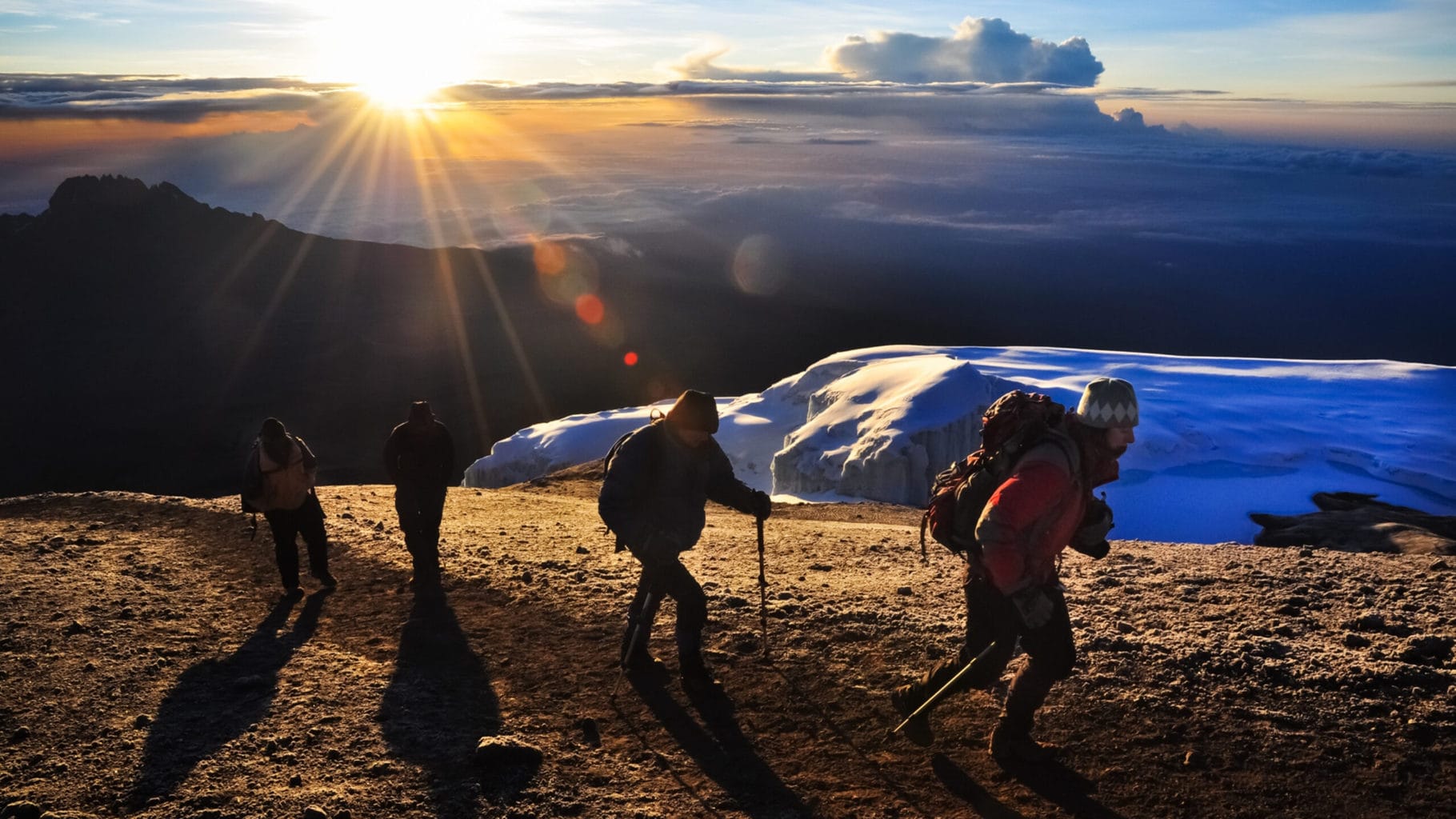
It is vital to have the right gear and pack essentials for the journey. Be cautious to avoid the common mistake of packing too much stuff. Normally, the tour operators will provide all essential equipment needed, either included or at an extra rental cost. Aside from the usual necessities such as warm clothing, sleeping bags, first aid kits, and light entertainment, items worth remembering to bring also include:
- Energy snacks and supplements – fuel yourself right with protein bars and immune-boosting supplements such as garlic supplements, beta carotene, vitamin C, and B complex.
- Water – hydration is key, and it is recommended to drink at least 3 liters of water per day so bring water storage like a camelback. You may optionally bring water purification tablets.
- Oxygen – some tour members will carry bottles of oxygen for the group, but it is a safer bet to bring your own in case of emergencies if they do not.
- Medications – visit the doctor beforehand to get the right medications for any pre-existing medical problems. Additionally, it may be handy to get prescriptions for an anti-altitude sickness drug such as Diamox and Malaria tablets.
- Insect repellent and sanitizer – for personal comfort and health precautions, you may wish to spray away the bugs and mosquitos or wipe your hands and surfaces to keep good hygiene practices.
And lastly, don’t forget your camera! Commemorate your experience and achievement by snapping some mountainous selfies or even record some video footage of your exciting adventure. After all, it’s not every day you get to see a view like the one from the summit. The camera will also come in handy when you get back down and decide to go on a safari or venture off to the coast of Zanzibar for some much needed downtime.
- Check if you need a visa, get help processing it at iVisa.
- Never ever leave without travel insurance. Get affordable coverage from World Nomads or long term insurance from Safety Wing.
- I find all of my flights on KAYAK. Check their Deals section too.
- Search for all your transportation between destinations on the trusted travel booking platform Bookaway.
- I book all my day trips and tours via GetYourGuide, they are the best and their tours are refundable up to 24h in advance.
- Get USD35 off your first booking with Airbnb.
- Compare hotels EVERYWHERE at HotelsCombined and book with Booking.com.
- Compare car rental prices at Rentalcars.com
